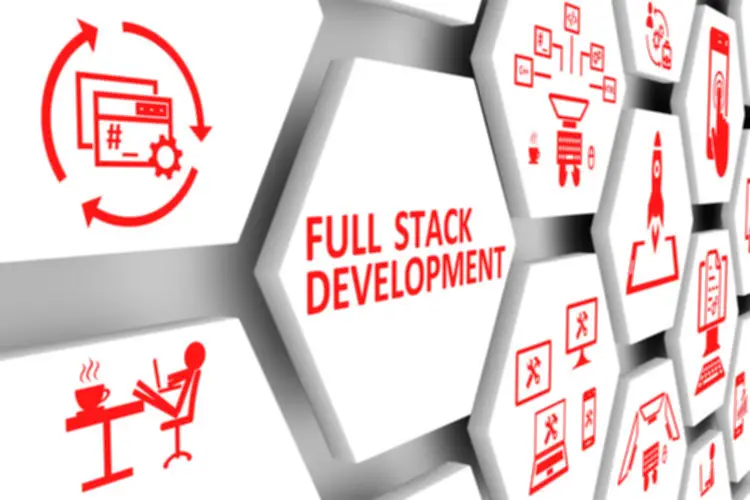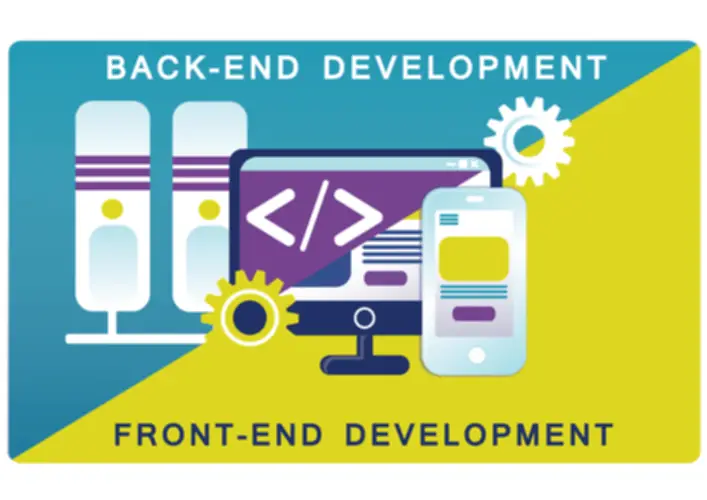Additionally, patches may be https://www.globalcloudteam.com/ essential to fortify the software program as security threats emerge. Continuous upkeep ensures that the software program isn’t just alive however thriving, remaining relevant and valuable to its users. SDLC may be thought of part of application life cycle administration, primarily during the improvement, testing, and deployment phases.
Two of the main challenges in implementing ALM processes are efficient scalability and constant visibility. Deploying updates, fixes and new code throughout a complex system of applications whereas offering continuous service to customers is a difficult task. ALM facilitates full traceability all through the product lifecycle from requirements via testing and validation, helping groups construct software program appropriately and efficiently. Application Lifecycle Management (ALM) is a discipline that is applicable to any software program product or project that requires the orchestration of people, tools, and processes. ALM helps Digital Trust the event of software program, parts, or libraries, and rather more. It streamlines the event course of, reduces time –to market, and improves product quality.
The life-cycle ends when the appliance stops getting used, marking the part for discontinuing the applying. The various tools for ALM fall under completely different categories, such as version control, group communication, necessities management, testing tools, code management and maintenance tools. Once you’ve nailed down the primary necessities of the applications, the following stage is to plan the application’s improvement. The most commonly used approaches to software improvement are the Agile, waterfall and V-model methodologies.
For occasion, the event stage of PLM includes manufacturing specs, and the product advertising stage consists of packaging design. ALM (Application Lifecycle Management) tools are software program that developers, analysts, and different stakeholders use for application administration. They provide a standardized setting that everyone can use to communicate and collaborate. As organizations proceed to embrace digital transformation, the need for sooner, extra agile software growth is larger than ever.
Deployment And Release Management
ALM excels at managing software requirements, take a look at property, and software releases throughout the software program lifecycle. PLM excels at managing products, design paperwork, product platforms, and variants. Together, ALM and PLM empower organizations to manage their complete product portfolio. ALM includes the entire lifecycle of the application and continues past SDLC.
ALM plays a significant position in DevOps by offering a unified platform for managing the entire software engineering practice, together with improvement and deployment. ALM helps to automate and streamline the process, guaranteeing quality, security, and compliance. An application’s entire lifecycle, from creation to retirement, is managed using a structured collection of procedures and instruments generally identified as Application Lifecycle Management (ALM). ALM is crucial for environment friendly functioning and ROI in software program development. Any improvement and testing are conducted simultaneously, a apply that is aligned with real-time planning and energetic lifecycle administration.

Application Deployment Instance
MBSE is a technique that makes use of models to design, analyze, and handle complicated methods throughout their lifecycle. newlineProvide world, transparent access to the newest necessities, risk, and check information, making certain groups are building the proper software program correctly. Effective ALM comes with the benefit of quality products and faster releases. Requirements will embody everything from enterprise requirements out of your stakeholders to compliance necessities from regulatory bodies. There are processes that the idea must undergo before it could possibly turn into a product. This framework allows organizations to proactively mitigate potential dangers and ensure the software program is developed and deployed in a regulated and safe method. It significantly aids the development team and impacts the Software Development Life Cycle (SDLC) positively.

This capability can also remove confusion for firms dealing with a quantity of applications. The capacity for groups to collaborate ensures that every employee understands the project and its stage. ALM tools permit workers to trace methods, adjustments, requirements and project status in Real Time, regardless of their location. ALM instruments additionally prioritize the various team targets and help outline the assorted talent units wanted for various processes. Continuous upkeep and enchancment of the product occur after deployment to watch and handle the performance of the released software. During this stage, the staff resolves any remaining bugs while planning and prioritizing new updates.
- ALM involves each member of your team, along with any tools they use, which might embody a combination of Agile Methodology and DevOps improvement approaches.
- Application Operations cover all processes concerned with the maintenance and KPI monitoring of the appliance, including efficiency measurement.
- These comparisons spotlight the distinctive options, advantages, and applications of each, providing valuable insights for professionals looking to optimize their processes and practices.
- By combining and organizing the elements of an application’s lifecycle, ALM improves product quality, optimizes productivity and eases the management and maintenance burden for related services.
Devops And Software Lifecycle Management

A key a part of this process is deciding when the appliance and project should be retired. After the first stage, it’s time to begin development of the application. Still, some improvement approaches, mainly the iterative ones, prefer to see requirements as “flatter structures” where the necessities are structured as Use Cases, and if needed aggregated as Epics. One of the primary metrics to consider is how shortly you presumably can move from an thought to a live product or function. A streamlined ALM course of means you’ll be able to define, design, develop, and deploy extra quickly, providing you with a competitive edge and responding swiftly to market calls for.
Resource tracking analyzes how nicely a company uses its sources throughout the app’s lifecycle. ALM software customers can even connect documents, screenshots and URLs to all artifacts and customize all graphs and reviews in numerous codecs — including Adobe Acrobat and HTML. Today, totally different sorts of software can be found the place companies have to manage pace and productiveness for the lifecycle of purposes.
Finally, ALM helps be sure that all groups — together with improvement, operations and security — can collaborate successfully to supply the very best software. ALM refers to the complete life cycle of a software program product or utility. Application lifecycle administration (ALM) is the method of making and sustaining a software utility. Software functions are typically in use until they’re no longer supported. The ALM course of includes a quantity of steps and instruments to handle every stage of the life cycle, from brainstorming and design, to development, testing and production preparation.
It consists of figuring out current issues, planning, design, constructing, and testing the appliance. This stage consists of identifying current issues, planning, design, building, testing, deploying, etc. This process manages the design, development and sale of a specific product. Unlike ALM, PLM usually implies the manufacturing of a physical product in addition to software.
However, they know they’ve to complete both necessities before launching the model new product. The first stage of ALM involves defining the project scope, setting goals, and gathering requirements from stakeholders. This phase what is a alm units the foundation for development by figuring out useful and non-functional requirements.
Though the event part is highly technical, enterprise teams, including product advertising and gross sales teams, should remain involved to make sure the product meets the needed objectives. Teams establish timelines and requirements for testing in the course of the growth stage. While SDLC focuses on the technical elements of development, ALM covers all actions from planning to retirement. ALM processes and tools assist improvement and testing groups to plan and implement their project technique. They can estimate project necessities extra accurately and better map out the application’s future.
